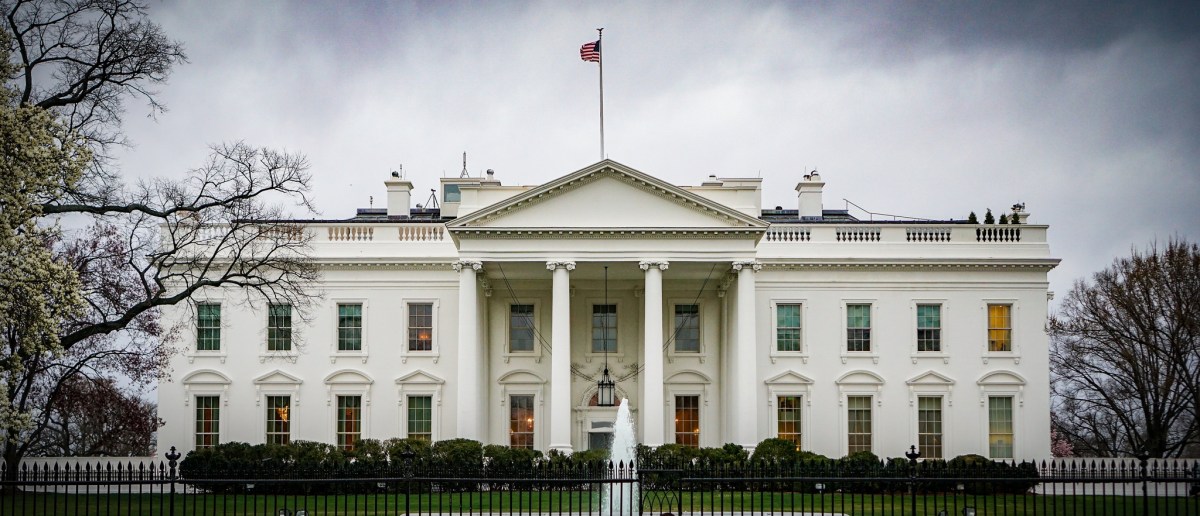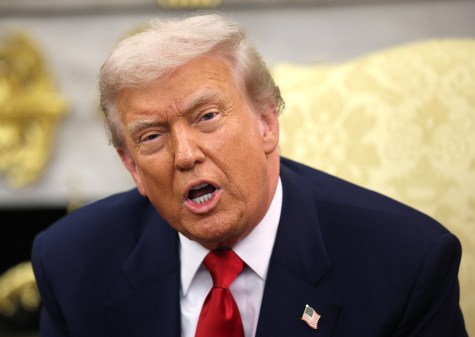What will the CIO executive order do that FITARA hasn’t?

The White House hopes President Trump’s newest executive order is able to accomplish what multiple administrations and Congress have strived for since the Clinger-Cohen Act in 1996: getting CIOs a bigger seat in agency leadership.
The executive order, which Trump signed late Tuesday, requires that CIOs at Chief Financial Officer Act agencies report directly to the head of their agency and provides them with voting powers on “bureau-level IT governance boards,” more say in the hiring of IT talent and more insight in how to shape the enterprisewide vision of their agency’s technology infrastructure.
If it sounds familiar, that’s because, roughly, those were also the goals set out by the Federal Information Technology Acquisition Reform Act, or FITARA, which has been law since 2014.
White House officials said in a conference call with reporters the executive order is needed because while agencies have been statutorily required to empower their CIOs, there hasn’t been the weight of a presidential action to ensure they were actually put in place.
“It actually implements some of the authorities that were put in place by Congress,” said a senior administration official who was asked not to be identified. “I try not to throw shade at our predecessors too much because I want to keep this as bipartisan as I can, but the fact is they were given these authorities and never used them —we are.”
If there has been one thing that has bedeviled the House Oversight and Governmental Reform Committee since FITARA became law, it has been federal agencies’ inability to live up to its statutes.
The committee developed a biennial scorecard to grade agencies on FITARA implementation as well as other metrics for both CIO inclusion and better IT governance.
As of the most recent FITARA scorecard in November 2017, 14 agencies received a C, two failed and only the U.S. Agency for International Development received an A. Furthermore, out of 24 agencies, half had CIOs report directly to the agency secretary or a deputy secretary.
White House officials are hoping the heft of a presidential order can change that, adding that there will be quarterly reviews to measure agencies’ progress.
Rep. Gerry Connolly, D-Va., one of the authors of FITARA, commended the administration’s move.
“We have consistently found that agencies were hesitant to have CIOs report to the secretary or deputy secretary of the agency, that agency CIOs did not have adequate visibility into their agency’s IT budgets, and were often not adequately involved in the management and governance of IT investments until critical problems arose,” Connolly said of the semiannual FITARA scorecards in a statement.
He added: “This executive order builds on the foundation established in FITARA, addresses vacancies in federal IT sector that hinder agency IT efforts, and sets a path for better management of IT acquisition.” However, he hopes the order’s application will expand to the Defense Department, which has so far escaped the statutes of FITARA for reasons it says are related to national security.
But by adding budget and human resources powers to the equation, the administration is looking to make the order part of the president’s wider strategy to overhaul the government’s IT, data and workforce structures.
One senior administration official said on the call that the order would further the White House’s goals of promoting IT shared services and reducing duplication to promote cost savings.
“You mention FITARA. We can look at [Federal Information Security Management Act] and what agencies are being asked to do, they are being asked to deliver the same outcomes,” the official said. “And in many cases, there are a substantial number of common approaches, common practices and, in many cases, common applications that we all could be using to achieve those outcomes.”
The administration is betting that by empowering CIOs through the new executive order, they can achieve those goals.






